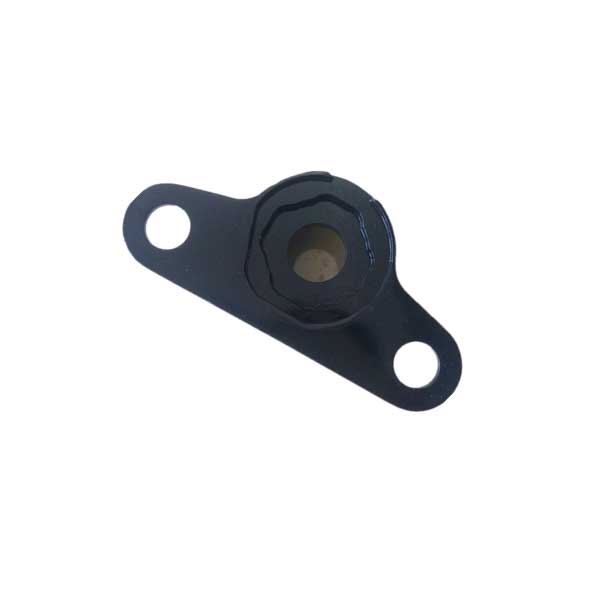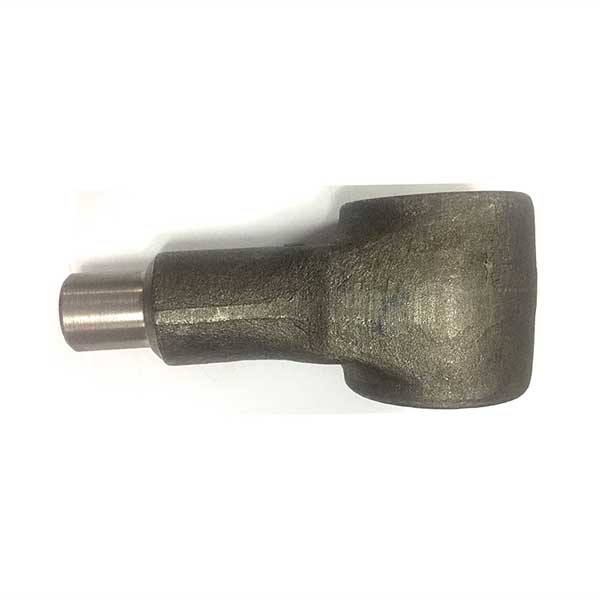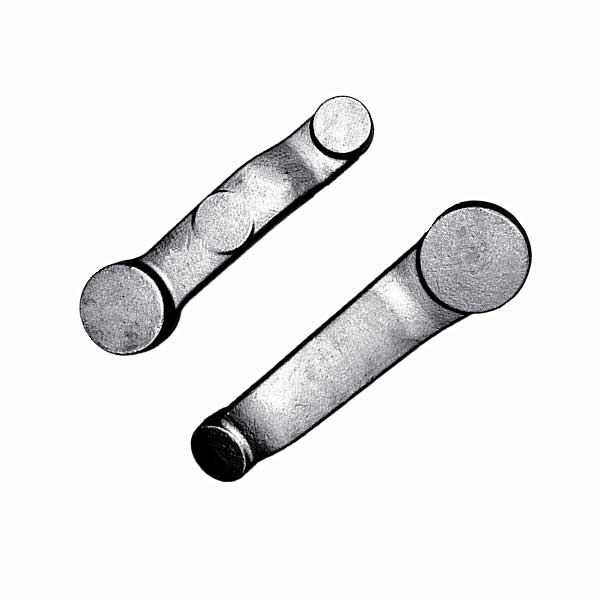Forging process of auto parts
The preparation of forgings for auto parts includes raw material selection, material calculation, blanking, heating, calculation of deformation force, selection of equipment, and design of molds.
Before the forging of auto parts, it is necessary to choose the lubrication method and lubricant. Forging materials cover a wide range of surfaces, including steels and high-temperature alloys of various grades, as well as non-ferrous metals such as aluminum, magnesium, titanium, and copper; both have been processed into rods and profiles of different sizes, and various types. Specifications of ingots; in addition to a large number of domestic materials suitable for China’s resources, there are materials from abroad.
Most of the materials used in automotive parts forgings have been included in national standards, and many are new materials developed, tested and promoted. As we all know, the quality of products is often closely related to the quality of raw materials. Therefore, for forging workers, it is necessary to have the necessary material knowledge, and be good at selecting the most suitable materials according to the process requirements.
Calculating and unloading is one of the important links to improve material utilization and achieve blank refinement. Excessive materials not only cause waste, but also exacerbate mold wear and energy consumption. If the blank is not left blank, it will increase the difficulty of process adjustment and increase the scrap rate. In addition, the quality of the blanking end face also has an impact on the quality of the process and forgings.
The purpose of heating is to reduce the forging deformation force and to improve the metal plasticity. But heating also brings a series of problems, such as oxidation, decarburization, overheating and overburning. Accurate control of the initial forging and final forging temperatures has a major impact on product organization and performance.
Forging processing characteristics of auto parts
Forging is one of the main methods for the production of blanks and parts in mechanical manufacturing. It is often divided into free forging and die forging. Compared with other processing methods, forging processing has the following characteristics:
- Improve the internal structure of forgings and improve mechanical properties. After the forging blank is forged, its structure and properties are improved and improved. Forging processing can eliminate defects such as pores, shrinkage cavities and dendrites in the metal ingot, and can be coarsened due to plastic deformation and recrystallization of the metal. The grain is refined to obtain a dense metal structure, thereby improving the mechanical properties of the forging. In the design of the part, if the direction of the force of the part and the direction of the fiber structure are correctly selected, the impact resistance of the forging can be improved.
- The utilization rate of materials is high. Metal plastic forming is mainly rearranged by the relative position of the metal body structure without the need to cut the metal.
- Higher productivity. Forging processing is generally carried out by using a press and a forging hammer.
- The accuracy of blanks or forgings is high. With advanced technology and equipment, it can achieve less or no cutting.
- The metal material used for forging should have good plasticity so that it can be plastically deformed without breaking under the action of external force. Among the commonly used metal materials, cast iron is a brittle material with poor plasticity and cannot be used for forging. Copper, aluminum and alloys thereof in steel and non-ferrous metals can be processed under cold or hot conditions.
- It is not suitable for forming forgings with complex shapes. Forging processing is formed in the solid state. Compared with casting, the flow of metal is limited, and it is generally required to adopt heating and other technological measures. It is difficult to manufacture parts or blanks with complex shapes, especially those with complex internal cavities.
Since the forgings of automobile parts have the above characteristics, important parts subjected to impact or alternating stress (such as transmission main shaft, ring gear, connecting rod, track wheel, etc.) should be processed by forging blanks.








